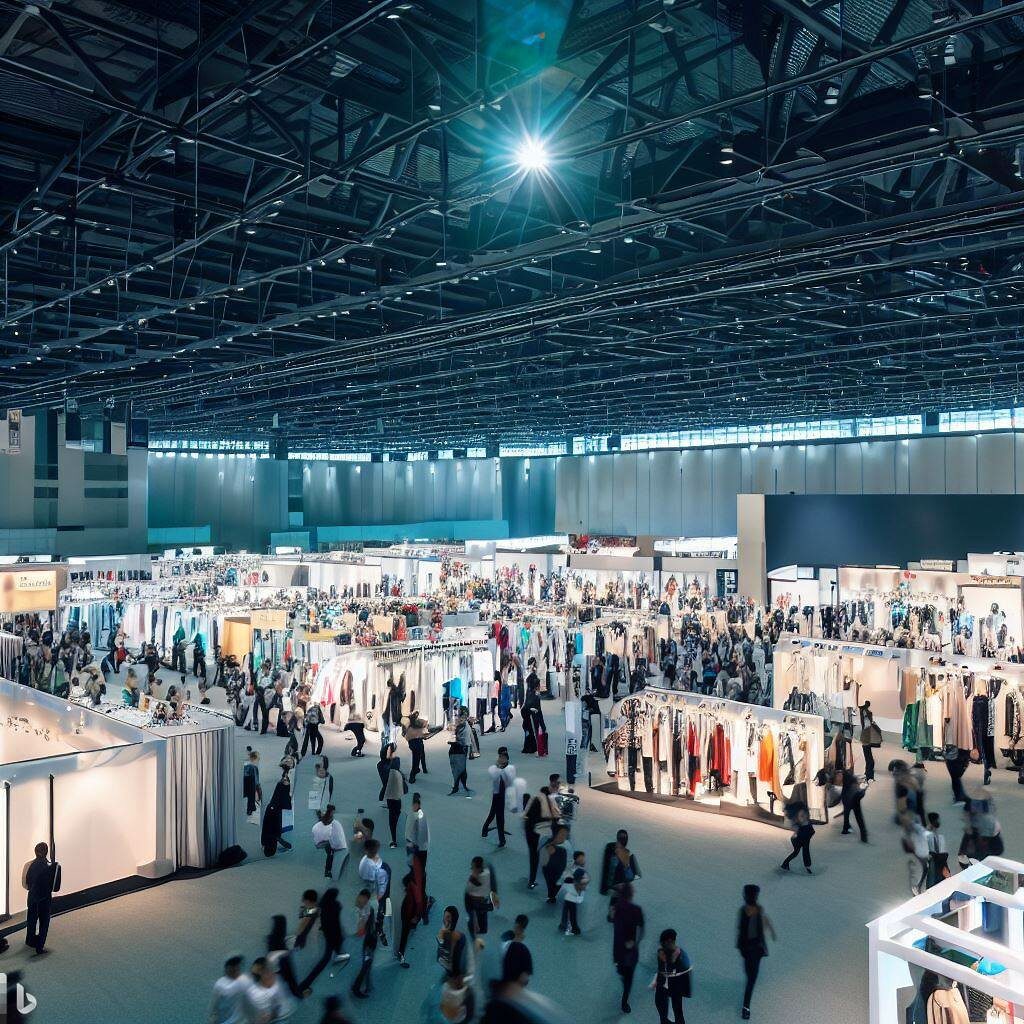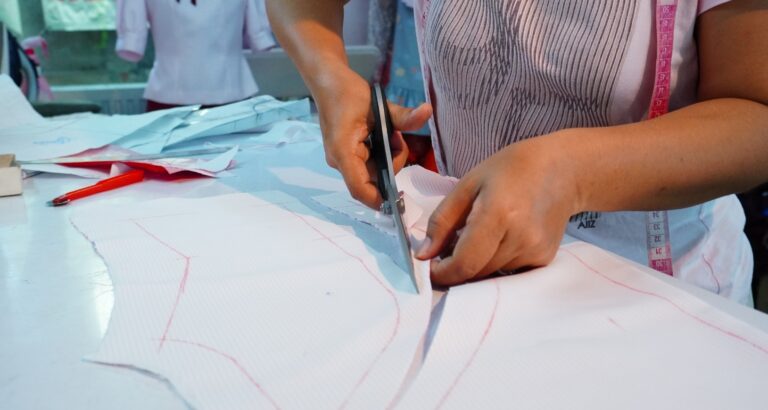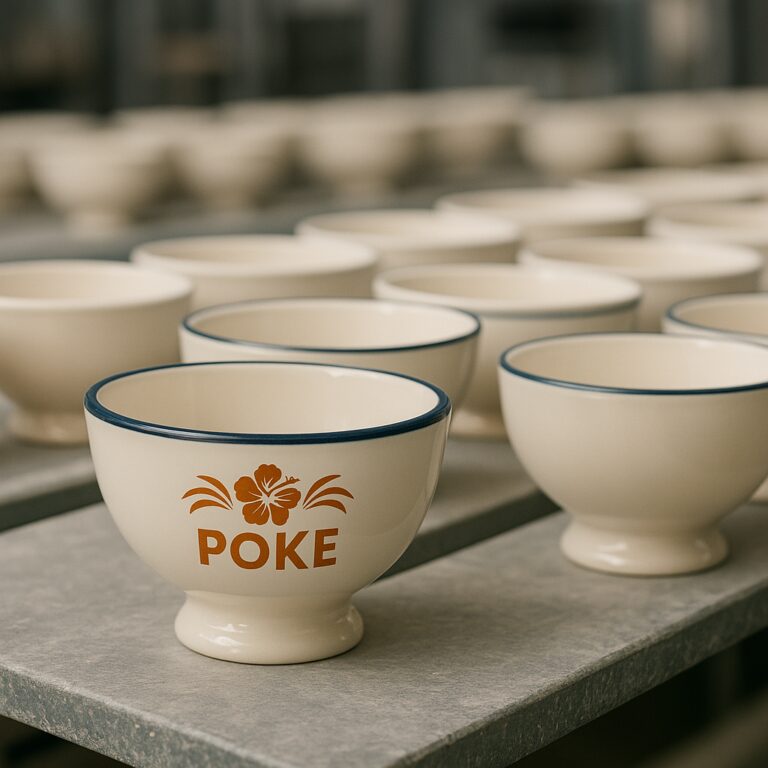Planning to launch your own custom-made clothing line? Choosing the right supplier is essential to the success of your project. From production capacity and certifications to delivery timelines and quality, here are the key steps to help you choose the ideal partner.
1. Define Your Project Requirements
Start by identifying the type of garments you want to produce, the quantities required, and any special fabrics, finishes, or printing techniques you’ll need. A clear brief will allow potential suppliers to evaluate your project accurately and respond efficiently.
2. Choose the Right Production Region

MOQ and lead times vary by country. For example, Turkish manufacturers may accept lower MOQs (300–500 pcs) but are often more expensive. In China, factories usually require 1000 pcs per style but offer better prices. Balance your budget and quantity expectations accordingly.
3. Research Reliable Textile Suppliers
Use online sourcing platforms to find experienced manufacturers in your product category. Attending trade shows like the Canton Fair, PSI, or CTCO is also a great way to meet suppliers, compare samples and ask technical questions.

4. Check Certifications and Standards
Make sure the factory complies with key certifications such as BSCI or Sedex for ethical production. For organic fabrics, look for GOTS or OCS certification. For workwear, ensure compliance with EN norms. These labels help guarantee product quality and social responsibility.
5. Request Detailed Quotations and Samples
Ask for a complete quote including sampling, production, and shipping. Order material and pre-production samples to validate quality and confirm your specifications are well understood.

6. Evaluate Lead Times and Communication
Timely delivery is essential. Check if the supplier is responsive and communicates clearly in your preferred language. Transparency and follow-up are key to a smooth collaboration.
7. Understand Shipping Terms (FOB vs DDP)
Two common Incoterms are FOB (Free On Board) and DDP (Delivered Duty Paid). With FOB, you manage shipping from the port. With DDP, the supplier handles the full delivery to your address. Choose based on your logistics experience and preferences.

8. Monitor Production and Quality
Once production starts, request regular updates. Your supplier should inspect materials and workmanship and conduct a final AQL inspection before shipment. Ask for an inspection report to ensure everything is in line with your expectations.

Conclusion
Finding the right custom clothing supplier requires research and clear communication. Define your needs, verify certifications, and monitor each step to ensure success. At Textifab, we guide you through the entire process—from design to delivery—to help bring your project to life with peace of mind.






